
Message to Global Leaders for COP 28
Jakarta, 3 November 2023 – The Conference of the Parties (COP 28) will soon be held in Dubai, United Arab Emirates. One of the agendas for this annual mee... Read more.
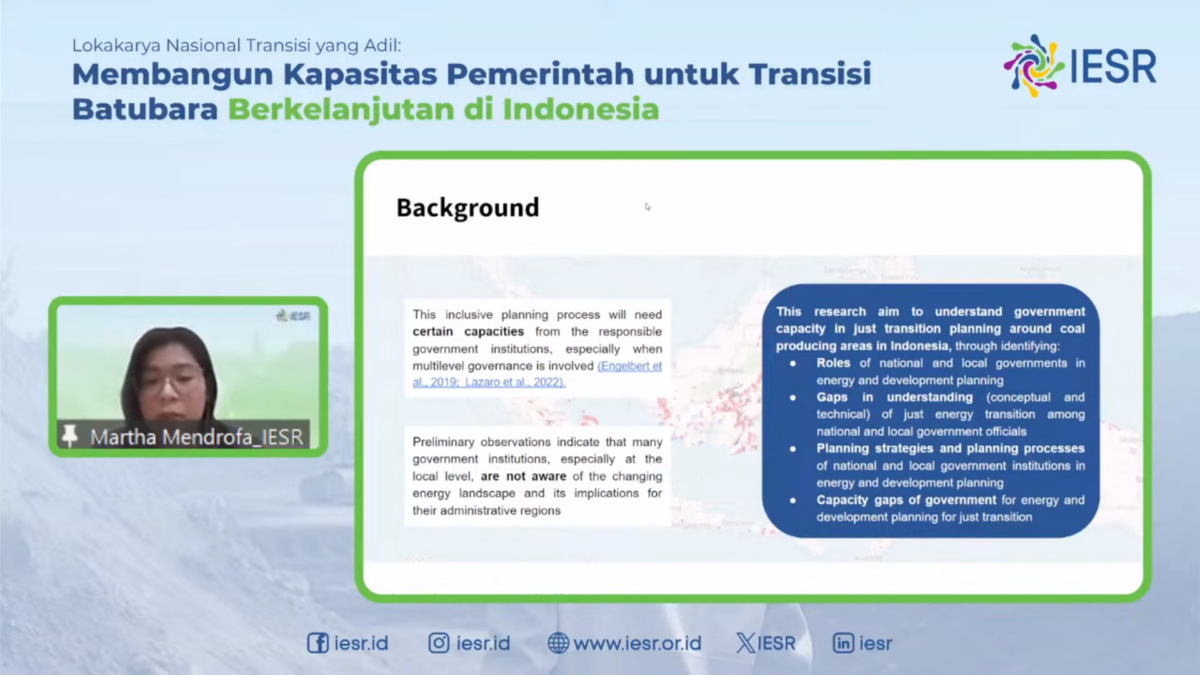
Capacity Building for Sub National Government in the Era of Just Transition
Jakarta, 26 October 2023 – The energy transition currently being discussed will have a significant impact on the use of fossil fuels such as coal. Various... Read more.
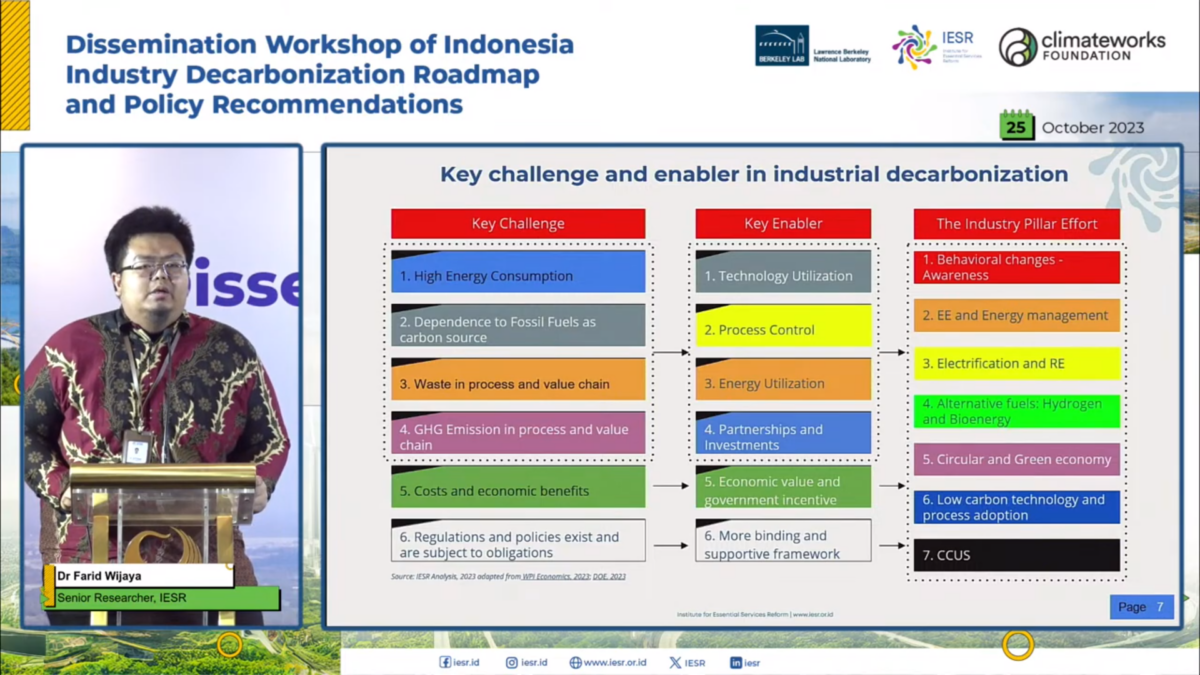
We Don’t Have a Choice, We Have to Achieve Carbon Neutrality
Jakarta, 25 October 2023 – Industry is the main driver for economic growth and the largest sector to stimulate technology advancement. Industrial-scale ec... Read more.
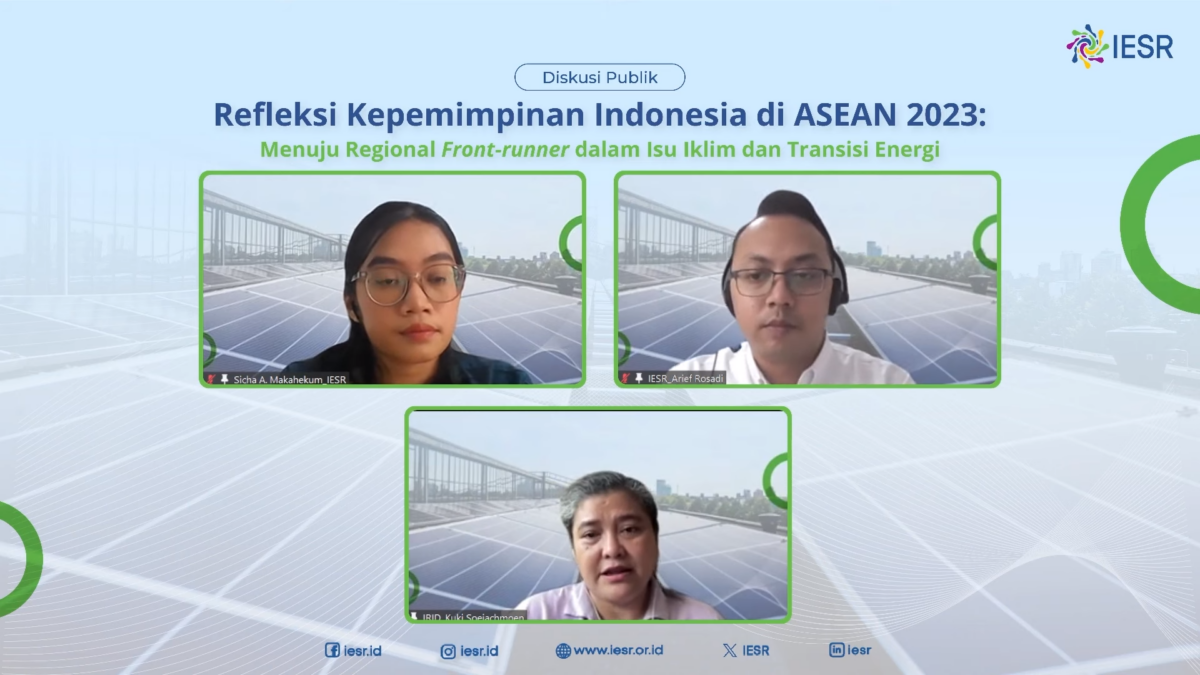
Reflection on Indonesian Leadership in ASEAN 2023
Jakarta, 20 October 2023 – The transfer of the ASEAN leadership baton to Laos marks the end of Indonesia’s leadership in the ASEAN region. A number ... Read more.
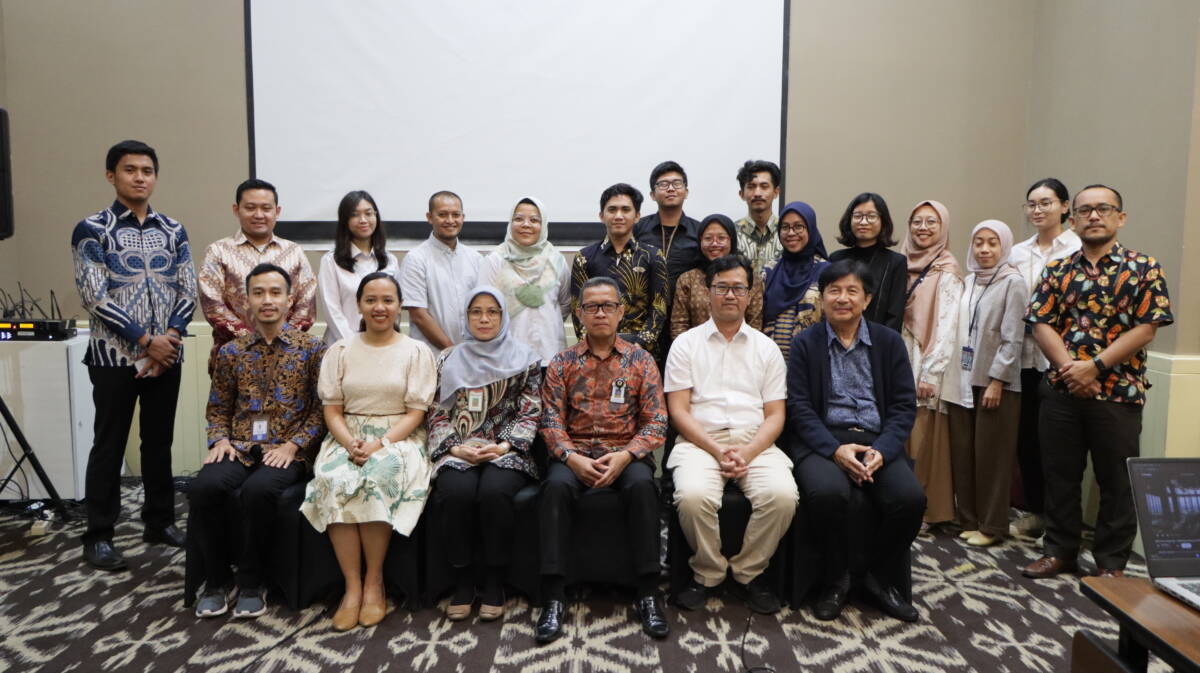
Energy Conservation Actions Still Become Homework for Indonesia’s Decarbonization
Jakarta, 12 October 2023 – Energy conservation is one of the decarbonization efforts that can be carried out with minimal costs and relatively less effort... Read more.
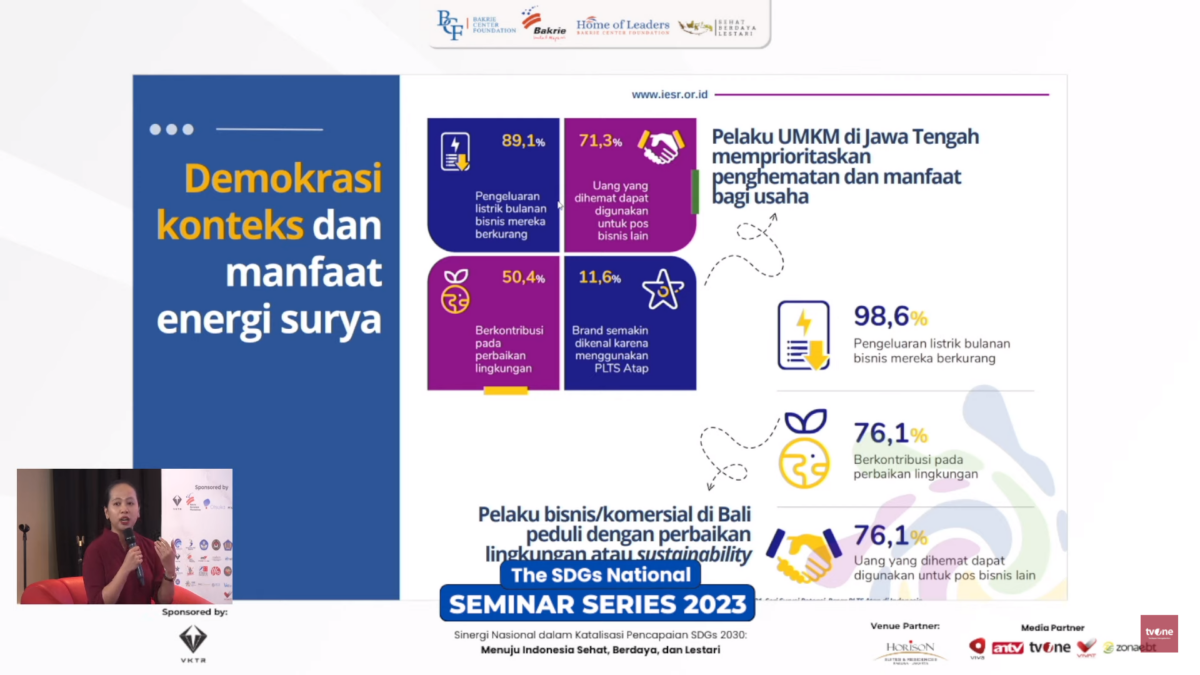
Realizing Energy Democratization through Solar Energy
Jakarta, 5 October 2023 – Energy is a basic human need not only to support daily activities but more importantly to increase productive activities. Solar ... Read more.
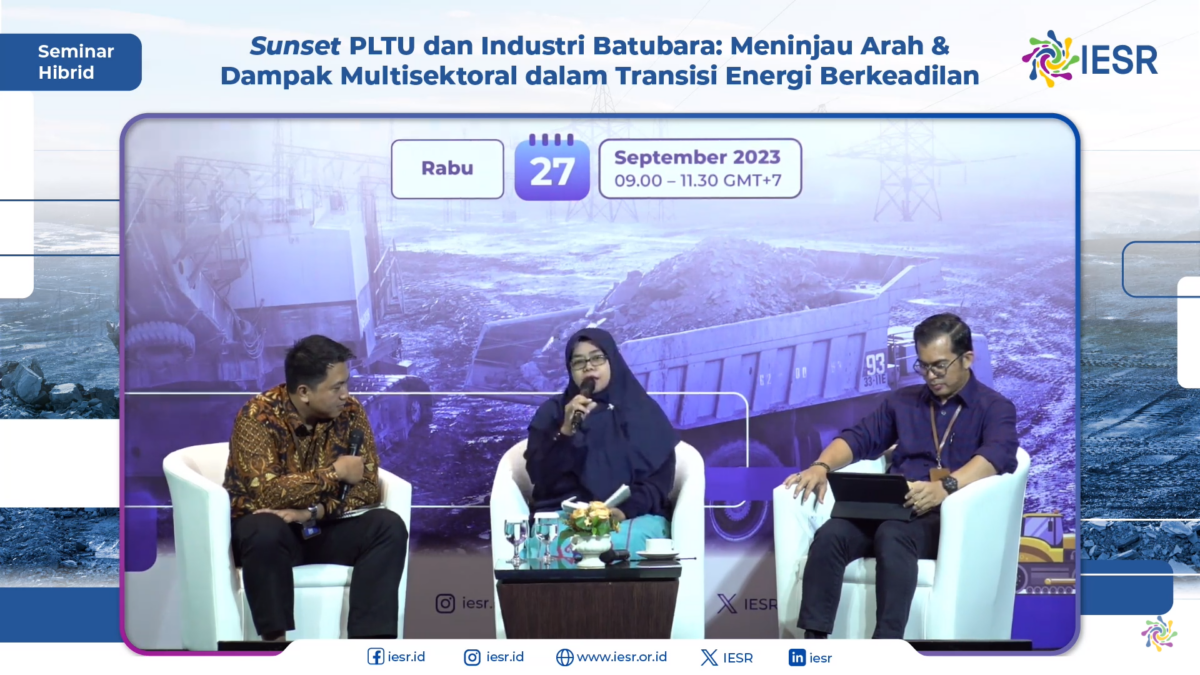
Arrange a Strategy to Get Around the Impact of Coal Power Plant Shutdown
Jakarta, 27 September 2023 – Indonesia’s increase in climate commitments in the Enhanced Nationally Determined Contribution (E-NDC) brings a number ... Read more.
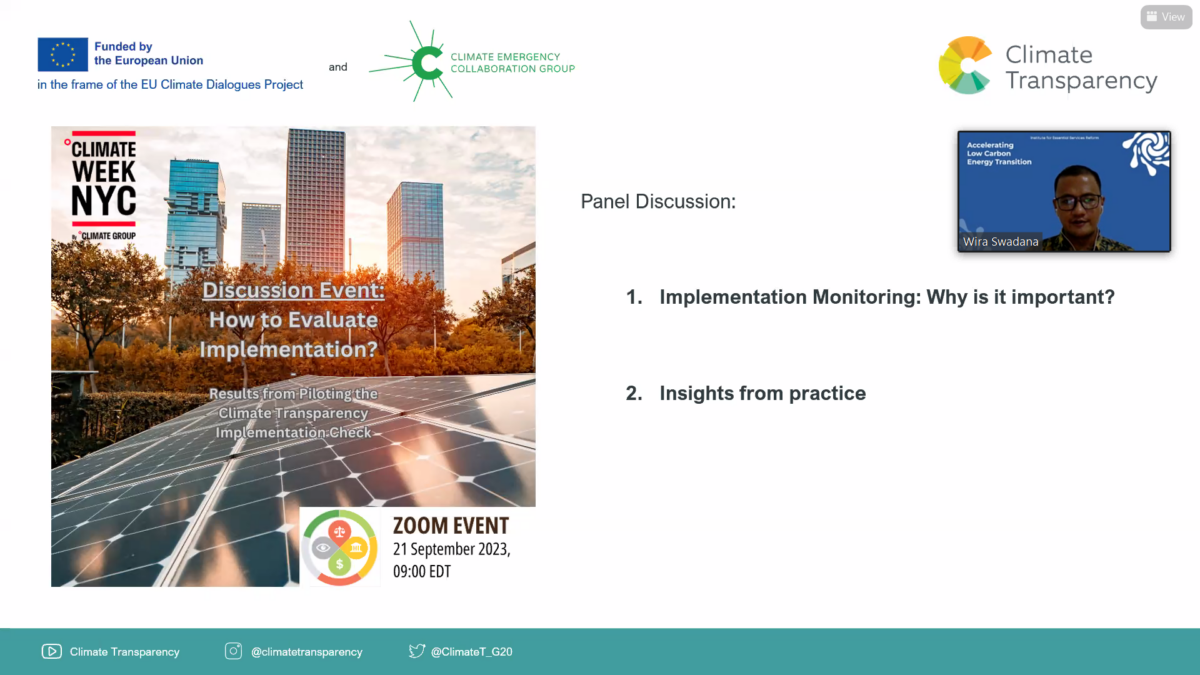
Implementation Check Methodology: a Much Needed Mechanism
New York, 21 September 2023 – The global community is urging global leaders to take serious actions to address climate change. During the COP 27 in Egypt,... Read more.

Energy Transition in the Midst of Coal Mining Siege
Samarinda, 7 September 2023 – The energy transition is an unavoidable inevitability. Current world trends show that the earth is getting hotter and to lim... Read more.

Improving Indonesia’s Energy Transition Strategy
Jakarta, 13 September 2023 – The energy transition is increasingly inevitable as global climate commitments strengthen. The energy sector is one of the se... Read more.
